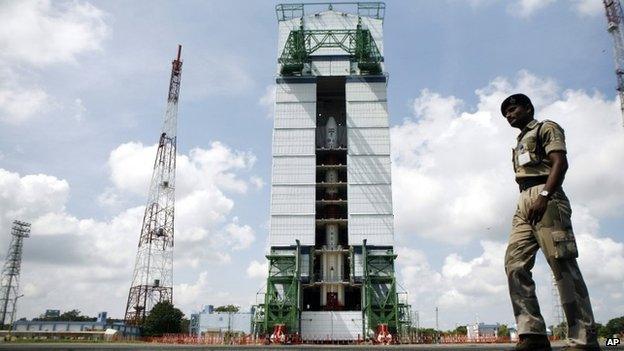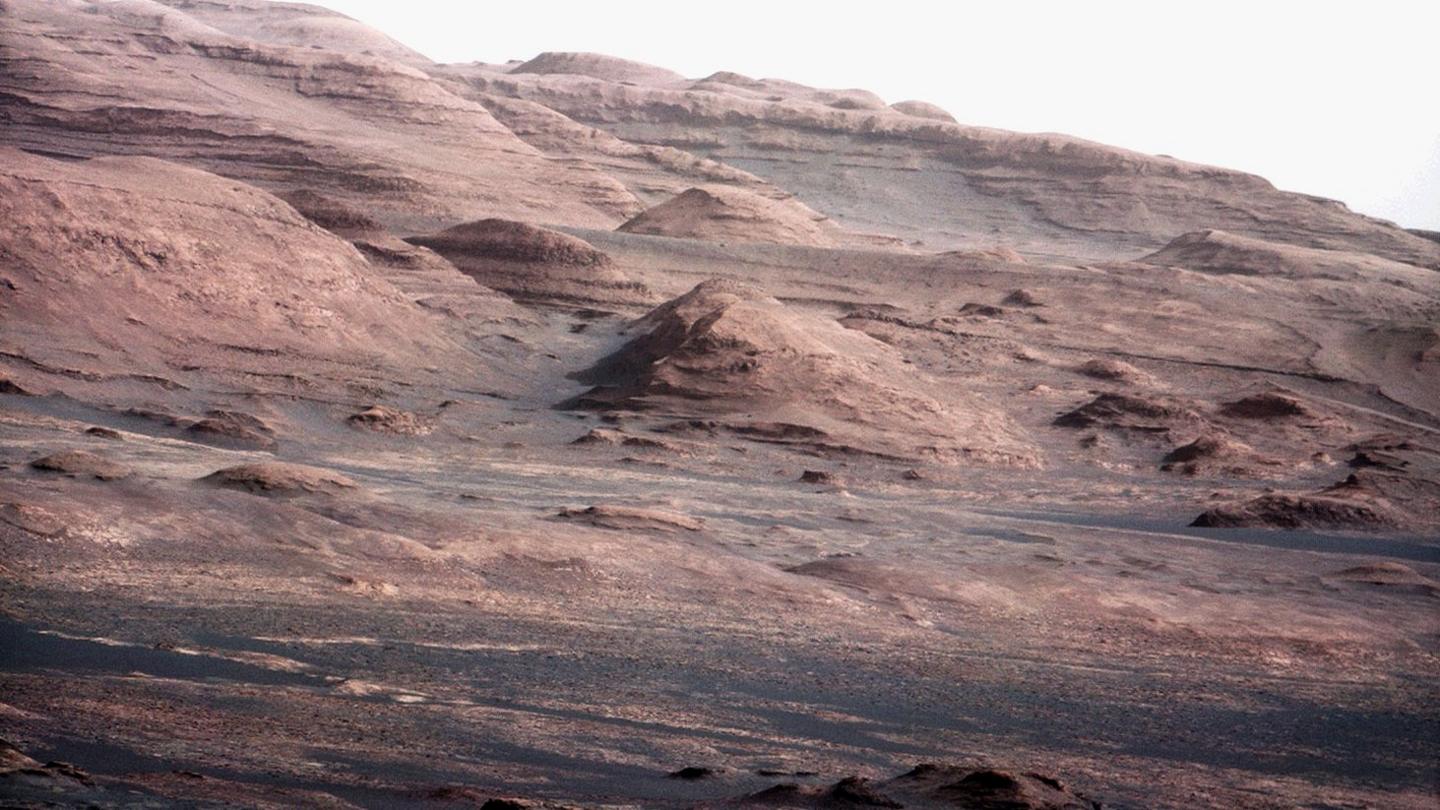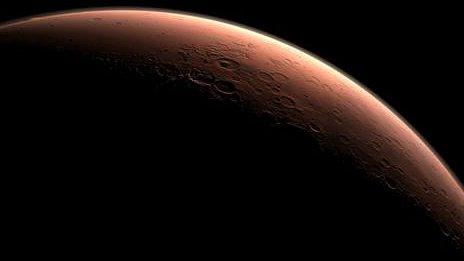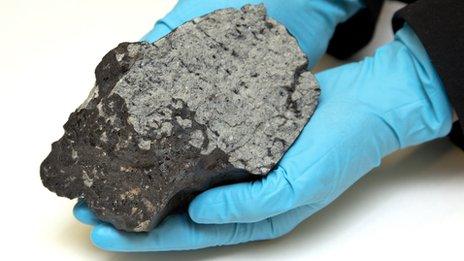How the Mars mission helps India
- Published

If all goes well, India's space agency will become the fourth in the world to undertake a successful Mars mission
India's launch of a small unmanned satellite to Mars is being described as a giant leap for its space programme. Science writer Pallava Bagla writes on what the mission means for India and the world.
If all goes well and the satellite orbits the Red Planet, India's space agency will become the fourth in the world after those of the United States, Russia and Europe to undertake a successful Mars mission.
India's 1,350kg (2,976lb) robotic satellite which is undertaking the 10-month-long, over 200-million-kilometre journey to Mars is equipped with five instruments.
They include a sensor to track methane or marsh gas - a possible sign of life - on Mars, a colour camera for taking pictures, and a thermal imaging spectrometer to map the surface and mineral wealth of the planet. The mission will also analyse the thin Martian atmosphere.
'Natural progression'
After India's successful unmanned Chandrayaan mission to the Moon in 2008 that brought back the first clinching evidence of the presence of water there, the Mars mission, according to K Radhakrishnan, chairman of the Indian Space Research Organisation (Isro), is a "natural progression".
More than 500 scientists from the Bangalore-based Isro worked round the clock on this $73m (£45m) mission, which was announced by PM Manmohan Singh in August last year.
Project chief Subbiah Arunan says he has not taken a vacation in the last 15 months, sleeping at Isro's satellite centre in Bangalore and going home for "about one or two hours every day".
So does India's Mars mission mark the beginning of a new Asian space race?
India sees the Mars mission as an opportunity to beat its regional rival China in reaching the planet, especially after a Russian mission carrying the first Chinese satellite to Mars failed, external in November 2011. Japan also failed in a similar effort in 1998.
China has beaten India in space in almost every aspect so far: it has rockets that can lift four times more weight than India's, and in 2003, successfully launched its first human space flight which India has not yet embarked on. China launched its maiden mission to the Moon in 2007, ahead of India.
So if India's mission succeeds, it will have something to feel proud about.

"National pride is important. If the Mars mission succeeds, it will be a big morale booster for India. We are not in a space race," says SK Shivakumar, director of Isro's Bangalore-based satellite centre.
High risks
The risks can be high in a space race.
Since 1960 about 40 missions to Mars have been launched, more than half of which have failed. And no nation - apart from Mars Express, external, Europe's maiden venture to Mars representing 20 countries - has succeeded in its maiden venture.
Though India says its Mars mission is the cheapest inter-planetary mission ever to have been undertaken in half a century of space exploration, some are questioning its scientific purpose.
"This is a highly suboptimal mission with limited scientific objectives," says D Raghunandan of Delhi Science Forum, a think tank.
Others like economist-activist Jean Dreze have said the mission "seems to be part of the Indian elite's delusional quest for superpower status".
Rejecting such talk, a top government official says: "We have heard these arguments since the 1960s, about India being a poor country not needing or affording a space programme.
"If we can't dare to dream big it would leave us as hewers of wood and drawers of water! India is today too big to be just living on the fringes of high technology."
Pallava Bagla is a correspondent for Science and science editor for New Delhi Television.
- Published26 January 2011
- Published25 May 2013

- Published24 July 2013

- Published20 March 2012

- Published14 February 2012
- Published8 February 2012
